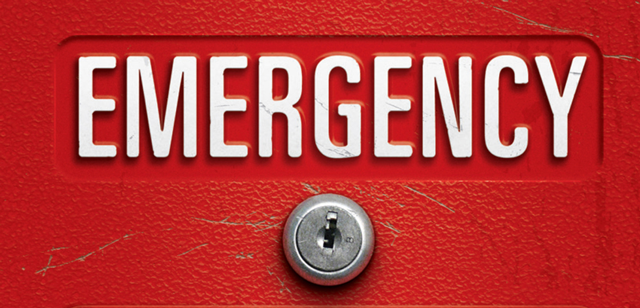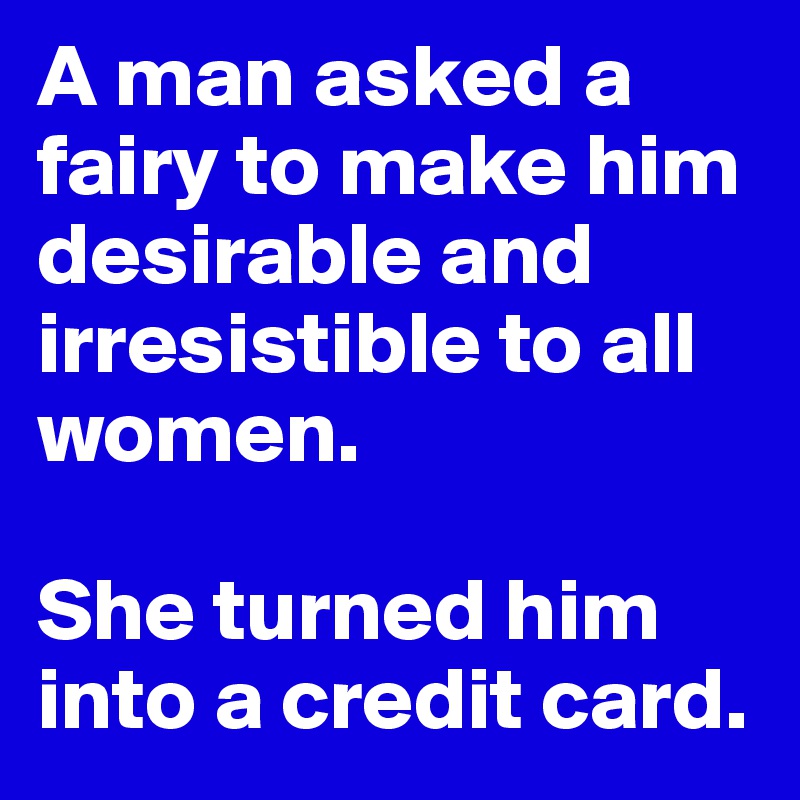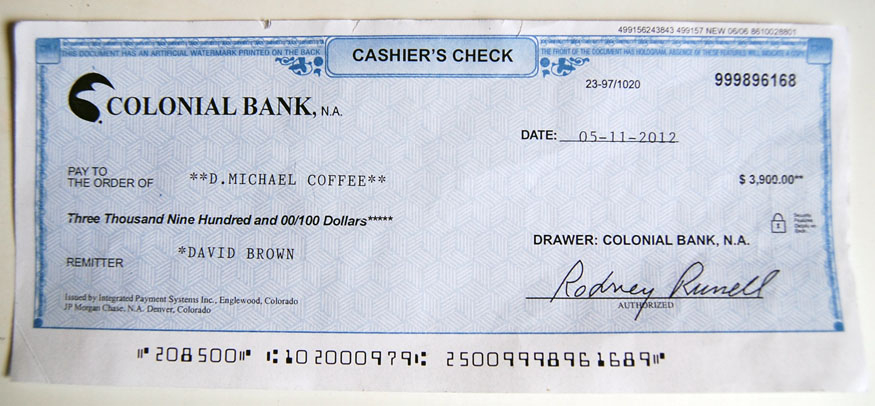
Did a rejected credit card leave you stranded at the point of sale? Knowing why this happens can help you avoid such mishaps in the future.
You’ve spent months scouring the Internet for the perfect washer-and-dryer combo to complement your newly renovated laundry room. Finally, you’ve located what appears to be the right match at a great price.
Suddenly the deal is off. Your credit card won’t go through, and you have no other immediate form of payment to use.
It’s happened to many of us, and it’s not always the result of financial irresponsibility.
Here are factors that could trigger a credit card rejection, along with tips to remedy the problem.
It also can damage your credit rating because of the utilization factor, which accounts for 30 percent of your FICO credit score.
If you’re close to the limit, you can try to request an increase. But don’t use that as an excuse to go on a shopping spree and increase the height of your debt mountain.
Such activity — real or suspected — also could result in the closure of the current account, followed by the issuance of a new card.
If your account is frozen, promptly contact your credit card issuer to validate the purchases.
You can also lose temporary access if the cardholder has reported the card as lost or stolen.
To avoid running this risk, keep your balances low to maintain a large amount of available credit.
The solution? Before you travel, let your credit card company know that you will be far from home, including where you will be and when you will be there. And always alert them in advance about foreign transactions conducted online from the comfort of your own home.
Two years ago during Black Friday, I headed to Saks Fifth Avenue in search of some goods whose prices were steeply reduced. My purchases came to $458. The card was quickly denied.
When I called the bank, it released the hold but told me that because I usually don’t shop at “high-end” stores, the bank figured my credit card information had been stolen.
Let your credit card company know if you plan to shop at a different type of store or to make a usually large purchase. At the very least, always have a backup way to pay.
Other negative consequences that may result from not paying your bill include:
Of course, it’s also possible that the card was mailed to you, and you mistook the envelope for a piece of junk mail before tossing it in the trash.
9. Transposed numbers
You can always retry. But if you make too many errors it may prompt your credit card issuer to lock you out of using the card until you call to explain what happened.
Has your credit card been rejected at the point of sale? Tell us about it in our Forums. It’s a place where you can swap questions and answers on money-related matters, life hacks, and ingenious ways to save.
Source: http://www.moneytalksnews.com/9-common-reasons-your-credit-card-was-rejected/?all=1
You’ve spent months scouring the Internet for the perfect washer-and-dryer combo to complement your newly renovated laundry room. Finally, you’ve located what appears to be the right match at a great price.
Suddenly the deal is off. Your credit card won’t go through, and you have no other immediate form of payment to use.
It’s happened to many of us, and it’s not always the result of financial irresponsibility.
Here are factors that could trigger a credit card rejection, along with tips to remedy the problem.
1. Maxed-out card
Exceeding your credit card’s spending limits can have negative consequences, both in the form of fees and denials.
It also can damage your credit rating because of the utilization factor, which accounts for 30 percent of your FICO credit score.
If you’re close to the limit, you can try to request an increase. But don’t use that as an excuse to go on a shopping spree and increase the height of your debt mountain.
2. Fraudulent purchases
If your credit card issuer suspects a fraudulent purchase is being made with your card — or if you have actually reported such fraud — it will prompt a freeze.
Such activity — real or suspected — also could result in the closure of the current account, followed by the issuance of a new card.
If your account is frozen, promptly contact your credit card issuer to validate the purchases.
3. Authorized user dropped from the account
Perhaps you have been an authorized user on a credit card account, but the person whose name is on the card has decided to revoke your rights. In such instances, you will be cut off from using the account.
You can also lose temporary access if the cardholder has reported the card as lost or stolen.
To avoid being caught off-guard, simply keep the lines of communication open with the person whose name is on the card.
4. Transaction holds
Transactions such as securing a hotel room or renting a car could result in a hold being placed on your account. If you are close to your credit card’s limit, the card could be rejected at a subsequent point of sale until you’ve paid the final bill and the holds are lifted.
To avoid running this risk, keep your balances low to maintain a large amount of available credit.
5. Foreign/international transactions
Foreign transactions can raise credit card companies’ suspicions about fraudulent purchases being made with your card, resulting in a freeze on your account. That can be true even if you are in the U.S. but making a foreign purchase online.
The solution? Before you travel, let your credit card company know that you will be far from home, including where you will be and when you will be there. And always alert them in advance about foreign transactions conducted online from the comfort of your own home.
6. Unusual purchases
If you make a purchase that seems odd based on your prior spending behavior, it may be flagged by the credit card company.
Two years ago during Black Friday, I headed to Saks Fifth Avenue in search of some goods whose prices were steeply reduced. My purchases came to $458. The card was quickly denied.
When I called the bank, it released the hold but told me that because I usually don’t shop at “high-end” stores, the bank figured my credit card information had been stolen.
Let your credit card company know if you plan to shop at a different type of store or to make a usually large purchase. At the very least, always have a backup way to pay.
7. Delinquent accounts
Ignore the balance due long enough and the magic plastic may suddenly lose all of its powers. Whether you suffer this fate depends on the issuer and your history with the company.
Other negative consequences that may result from not paying your bill include:
- Damage to your FICO score once the activity is reported to the credit bureaus.
- Lower credit limits if the issuer views you as a greater risk than before.
- Fees for late payments.
- A higher interest rate.
To avoid the risk of delinquency, set up payment reminders. If money is tight, reach out to the creditor to see if payment arrangements can be made or whether any additional remedies are available to you.
8. Card has expired
If you didn’t get a new card in the mail before your card’s expiration date, call your card’s issuer. It is possible you have been a victim of mail fraud.
Of course, it’s also possible that the card was mailed to you, and you mistook the envelope for a piece of junk mail before tossing it in the trash.
9. Transposed numbers
Sometimes you are asked to provide a ZIP code or the security code on the back of the card to confirm your identity at the point of sale. Mix up any digits, and rejection will follow.
You can always retry. But if you make too many errors it may prompt your credit card issuer to lock you out of using the card until you call to explain what happened.
10. Closed account
A credit card company can close your account for all sorts of reasons, and it doesn’t have to give you advance notice. CreditCards.com says:
Even if you’re not in default, an issuer can boot you at any time. The most common reason is that you’re not using the account often enough.
To lower the odds that your account will be closed, simply be a good customer. It’s a good bet that your card company will keep you if you use the card regularly and responsibly and always pay your bills on time.
Has your credit card been rejected at the point of sale? Tell us about it in our Forums. It’s a place where you can swap questions and answers on money-related matters, life hacks, and ingenious ways to save.
Source: http://www.moneytalksnews.com/9-common-reasons-your-credit-card-was-rejected/?all=1








